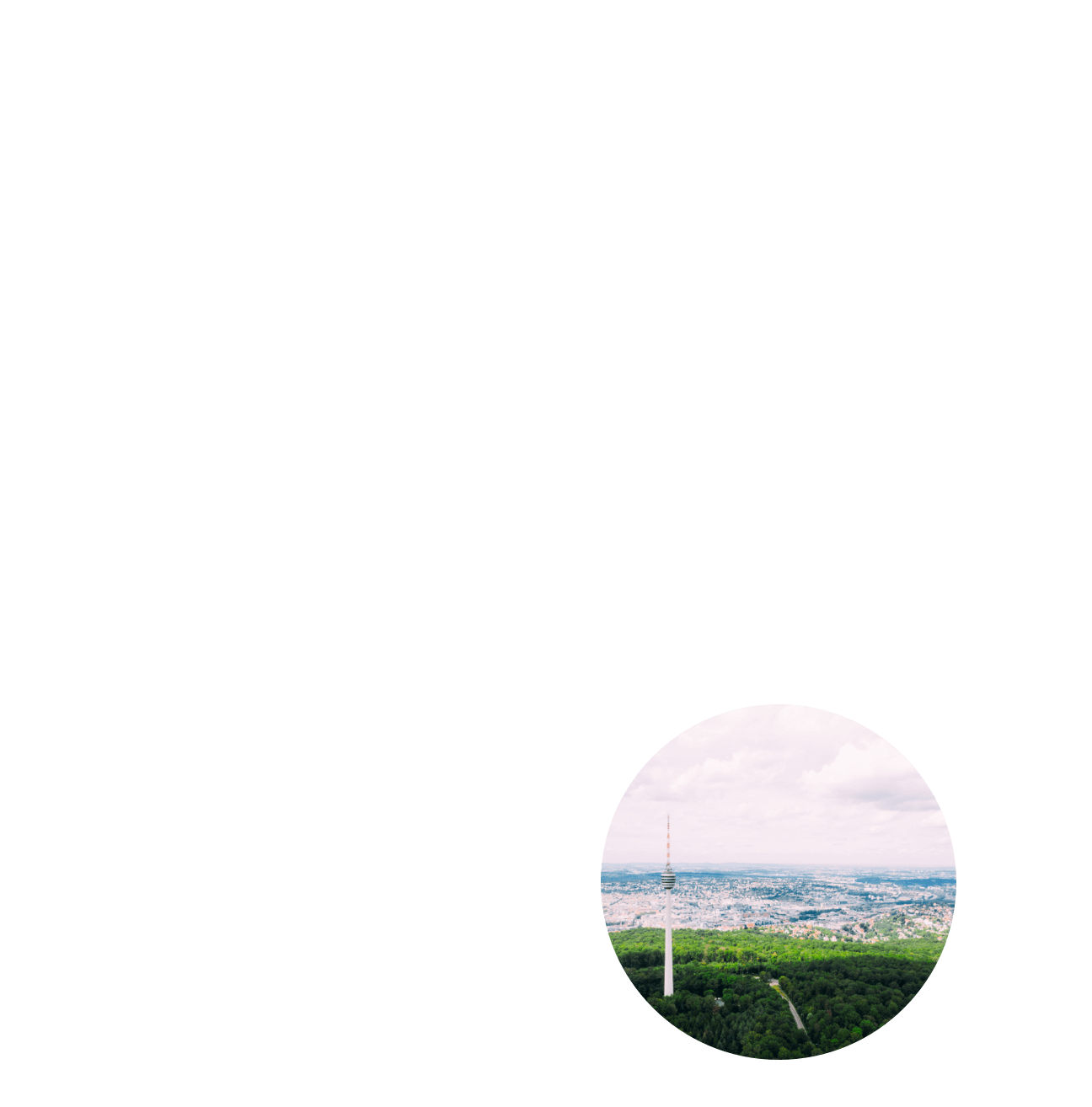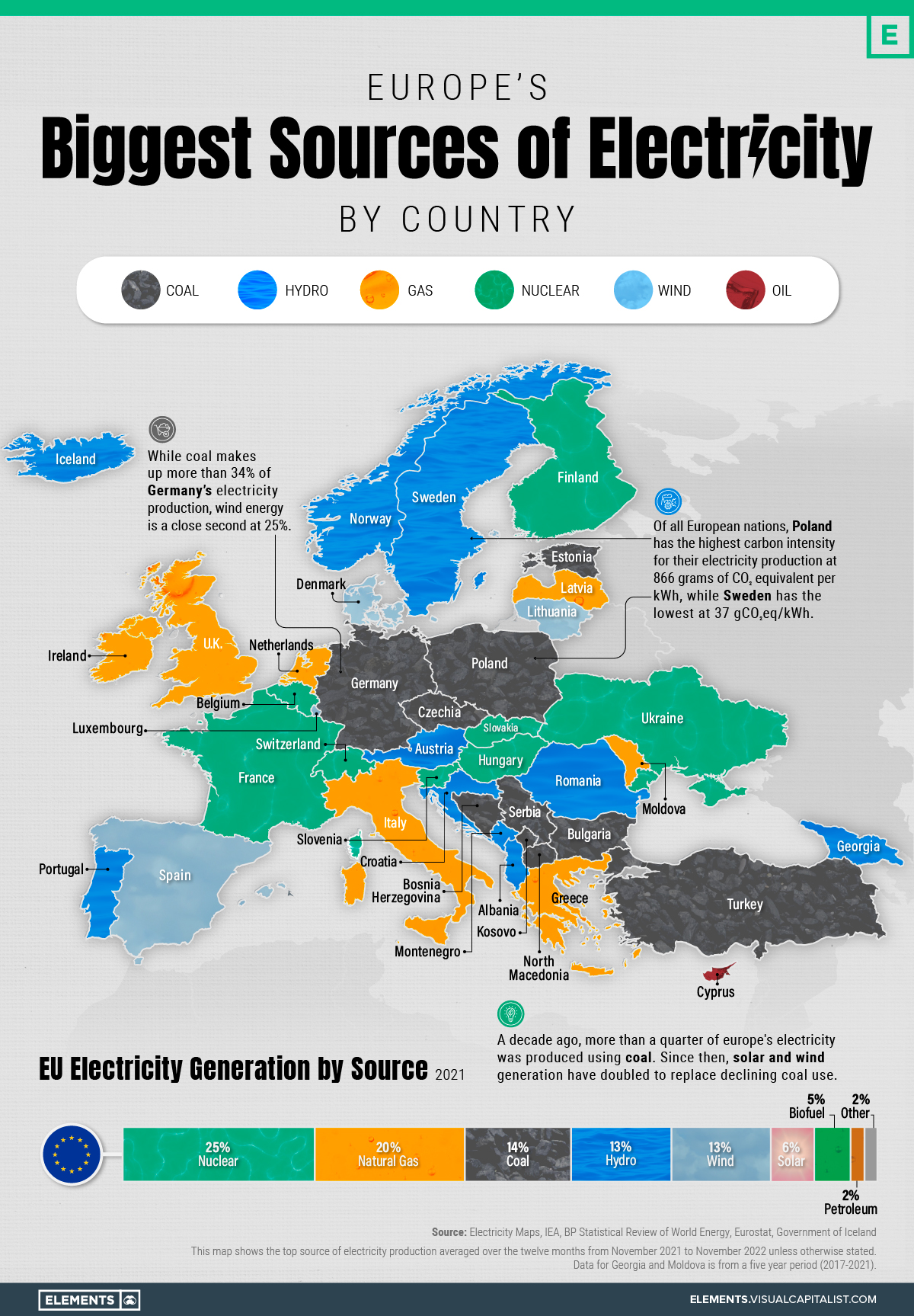RWE - Stuttgart II: Reliable And Efficient Energy Production In Germany
Oktober 01, 2024
How does RWE - Stuttgart II contribute to reliable and efficient energy production in Germany?
Editor's Notes: "RWE - Stuttgart II: Reliable And Efficient Energy Production In Germany" have published 20th January 2023. As Germany shifts towards a more sustainable energy future, RWE - Stuttgart II plays a pivotal role in ensuring the nation's energy security and efficiency. This innovative power plant embodies the latest advancements in power generation, delivering reliable and cost-effective electricity while adhering to stringent environmental standards.
Through extensive analysis and collation of information, our comprehensive guide delves into the key aspects of RWE - Stuttgart II, empowering you with the knowledge to make informed decisions.
Key Differences:
| Technology | Efficiency | Environmental Impact |
|---|---|---|
| Combined Cycle Gas Turbine | 63% | Low emissions of CO2, NOx, and SO2 |
Transition to main article topics:
- Overview of RWE - Stuttgart II
- Advanced Technology and Efficiency
- Environmental Sustainability
- Economic Benefits
- Conclusion

Fast and Reliable EV Charging Stations in Germany - easyCharging App - Source easycharging.app
FAQ
This FAQ section provides answers to frequently asked questions about the reliable and efficient energy production at the RWE Stuttgart II plant in Germany.

Mito Energy – Plaquex Therapy – LoviGenX - Source regenx.es
Question 1: What is the primary function of the RWE Stuttgart II plant?
The RWE Stuttgart II plant is a combined heat and power (CHP) plant, meaning it generates both electricity and heat. The plant's primary function is to provide reliable and efficient energy to the city of Stuttgart and the surrounding region.
Question 2: What types of fuel are used at the RWE Stuttgart II plant?
The plant primarily uses natural gas as its fuel source. However, it also has the capability to utilize other fuels, such as light fuel oil and biogas, to ensure a flexible and reliable energy supply.
Question 3: How does the plant contribute to the reduction of greenhouse gas emissions?
The RWE Stuttgart II plant employs advanced technologies, including a highly efficient gas turbine and a heat recovery steam generator, which enable it to operate with low carbon emissions. Additionally, the plant captures and utilizes waste heat from the power generation process to provide district heating to nearby buildings, further reducing overall emissions.
Question 4: What measures are in place to ensure the safety and environmental compliance of the plant?
The RWE Stuttgart II plant meets the highest safety and environmental standards. It is equipped with state-of-the-art safety systems, such as fire detection and suppression systems, and undergoes regular inspections and maintenance to ensure its continued safe and reliable operation. The plant also complies with strict environmental regulations and continuously monitors its emissions to minimize the impact on the surrounding environment.
Question 5: How does the plant contribute to the local economy and community?
The RWE Stuttgart II plant provides employment opportunities and supports local businesses through the procurement of goods and services. Furthermore, the plant's reliable energy supply facilitates economic growth and enhances the quality of life for residents in the region.
Question 6: What is the long-term vision for the RWE Stuttgart II plant?
RWE is committed to the long-term operation and optimization of the Stuttgart II plant. The company plans to continue investing in the plant's efficiency and reliability, while exploring opportunities to further reduce its environmental footprint. RWE is also actively involved in research and development projects aimed at transitioning the plant to future-proof energy sources, ensuring its continued relevance in the evolving energy landscape.
This concludes the FAQ section.
To learn more about the RWE Stuttgart II plant, please visit our website or contact our customer service team.
Tips for Reliable and Efficient Energy Production
Reliable and efficient energy production is essential for meeting the growing demand for electricity while minimizing environmental impact. RWE - Stuttgart II: Reliable And Efficient Energy Production In Germany is one of the world's most advanced and efficient power plants, showcasing innovative technologies and best practices that can be applied to energy facilities worldwide. Here are a few tips derived from this exemplary project:
Tip 1: Employ Advanced Combustion Technology
RWE - Stuttgart II utilizes advanced combustion technology in its gas turbines, resulting in lower emissions and higher efficiency. This technology optimizes fuel combustion, minimizing the formation of pollutants such as nitrogen oxides and carbon monoxide, while maximizing fuel utilization.
Tip 2: Implement Intelligent Control Systems
The power plant is equipped with intelligent control systems that optimize plant operation in real-time. These systems continuously monitor and adjust parameters such as fuel flow, air flow, and temperature, ensuring optimal performance and efficiency.
Tip 3: Utilize Waste Heat Recovery Systems
The plant's design incorporates waste heat recovery systems, which capture heat from the exhaust gases and utilize it to generate additional steam for power production. This significantly improves overall efficiency and reduces the plant's environmental footprint.
Tip 4: Embrace Digitalization
RWE - Stuttgart II has embraced digitalization, implementing advanced sensors and data analytics to monitor and optimize performance. This enables predictive maintenance, reducing downtime and ensuring reliable operation.
Tip 5: Prioritize Environmental Sustainability
The plant's design and operation prioritize environmental sustainability, featuring measures to minimize air pollution, water consumption, and waste generation. This approach ensures compliance with regulatory requirements and contributes to the preservation of the surrounding environment.
By incorporating these innovative tips into energy production facilities, it is possible to achieve reliable, efficient, and environmentally sustainable electricity generation, contributing to a cleaner and more sustainable energy future.
RWE - Stuttgart II: Reliable And Efficient Energy Production In Germany
The RWE Stuttgart II combined heat and power (CHP) plant is a significant infrastructure project that exemplifies reliable and efficient energy production in Germany. It empowers the region with sustainable and clean energy while adhering to strict environmental regulations.
- Reliable: The plant operates consistently, meeting energy demands while maintaining high availability.
- Efficient: Advanced technology optimizes fuel utilization, minimizing waste and maximizing energy output.
- Environmental: The plant employs state-of-the-art emission control systems, effectively mitigating its environmental impact.
- Sustainable: Utilizing natural gas as fuel, the plant contributes to the transition to cleaner energy sources.
- Economical: The plant's cost-effective operations provide competitive energy prices for consumers.
- Innovative: The plant incorporates cutting-edge technologies, showcasing Germany's dedication to energy innovation.
In conclusion, RWE Stuttgart II embodies the key aspects of reliable and efficient energy production in Germany. Its commitment to performance, sustainability, and technological advancement ensures a secure and environmentally responsible energy supply for the region, demonstrating Germany's leadership in the transition to a clean energy future.

Person Holding Mobile Phone with Webpage of German Energy Company RWE - Source www.dreamstime.com

Najveći izvori električne energije po zemljama u Evropi – Investitor - Source investitor.me
RWE - Stuttgart II: Reliable And Efficient Energy Production In Germany
The RWE Stuttgart II combined-cycle power plant in Germany showcases the company's commitment to reliable and efficient energy production. This facility, which entered commercial operation in 2020, serves as a cornerstone of RWE's decarbonization strategy and plays a vital role in ensuring a stable and sustainable energy supply for the region.
The plant is equipped with state-of-the-art Siemens gas turbine technology that boasts an electrical efficiency of over 63%, significantly higher than conventional power plants. This efficiency enables the plant to produce electricity while minimizing fuel consumption and carbon emissions. Furthermore, the plant's flexible operation allows it to ramp up or down quickly to meet fluctuating demand, ensuring grid stability and reliability.
LRC Stuttgart TMP supervisor enjoys working with multiple nationalities - Source www.afsbeurope.army.mil
The construction and operation of RWE Stuttgart II created numerous jobs and contributed to the local economy. The plant also serves as a technology hub, where RWE collaborates with partners to develop and test innovative energy solutions. These include advanced combustion systems, carbon capture and storage technologies, and hydrogen-based power generation.
In conclusion, the RWE Stuttgart II combined-cycle power plant represents a significant milestone in RWE's transition to a cleaner and more sustainable energy future. Its high efficiency, flexibility, and technological advancements contribute to a reliable and affordable energy supply in Germany while supporting the country's ambitious climate goals.
General Information
• Location: Stuttgart, Germany
• Commissioning: 2020
• Fuel: Natural gas
• Electrical efficiency: Over 63%
Performance Data
• Nominal electrical output: 875 megawatts (MW)
• Annual electricity generation: Approximately 6 terawatt-hours (TWh)
Technology Highlights
• Siemens SGT5-8000H gas turbine
• Single-shaft concept with air-cooled generator
• Advanced combustion system for reduced emissions

0 komentar